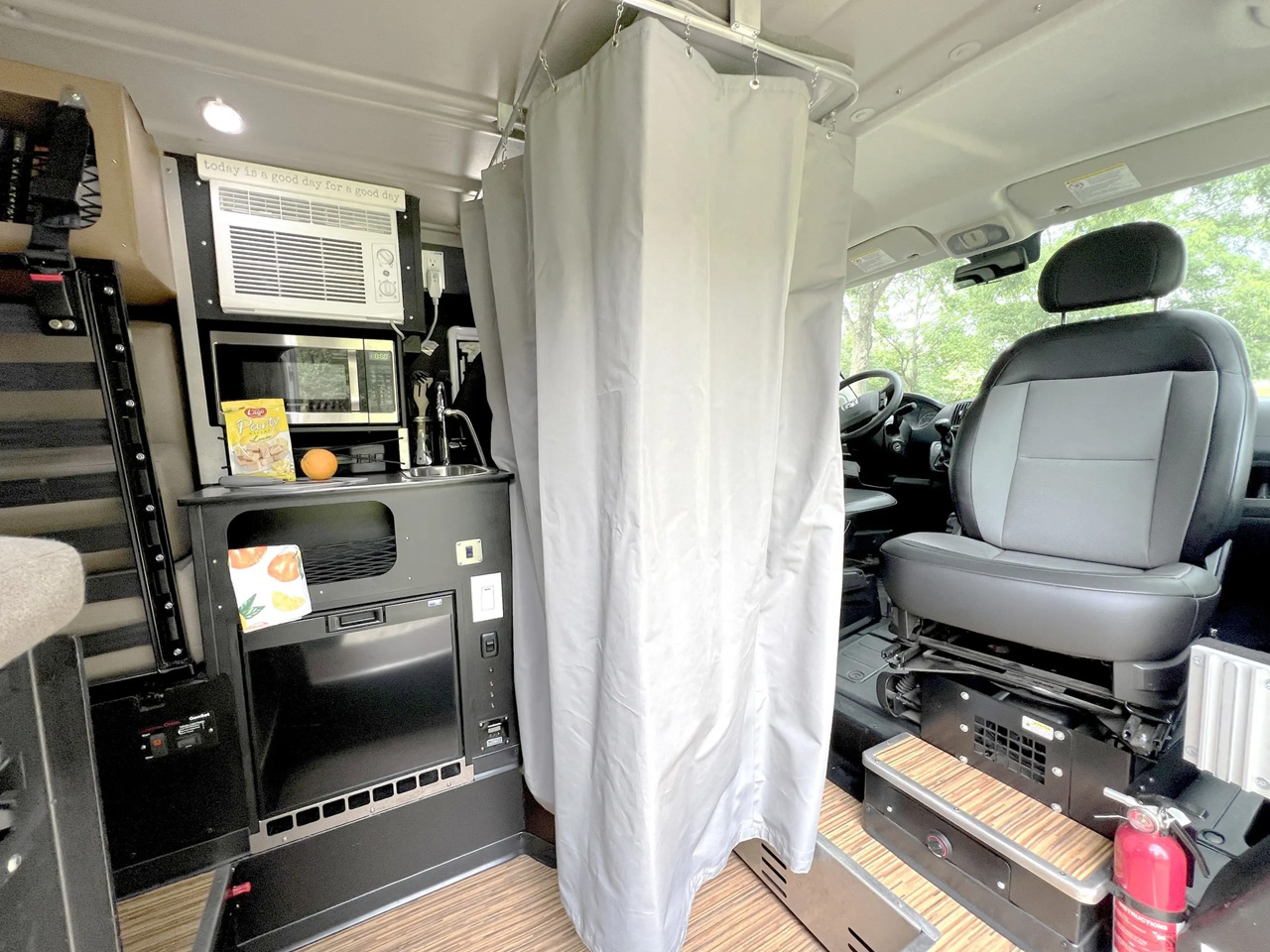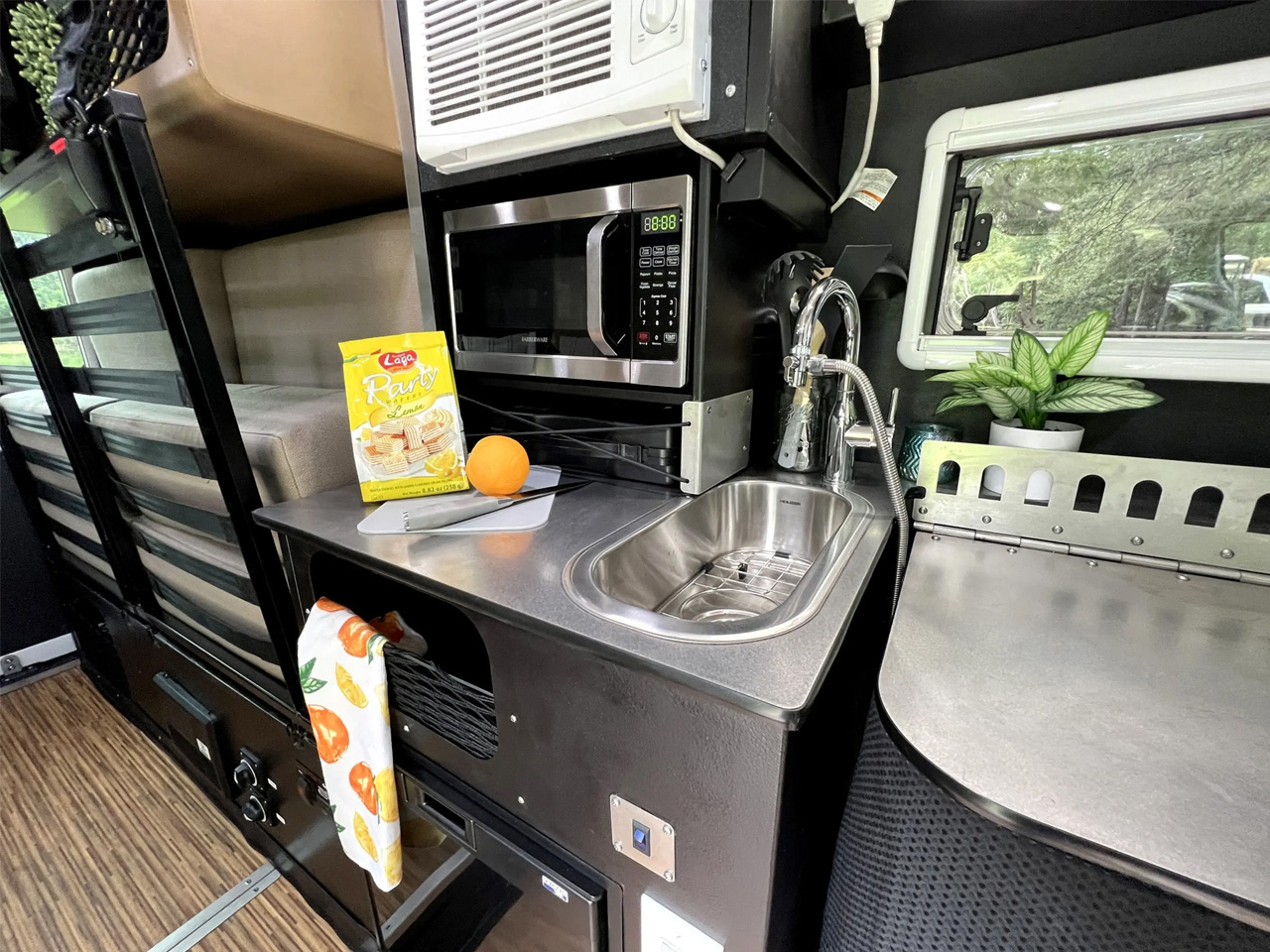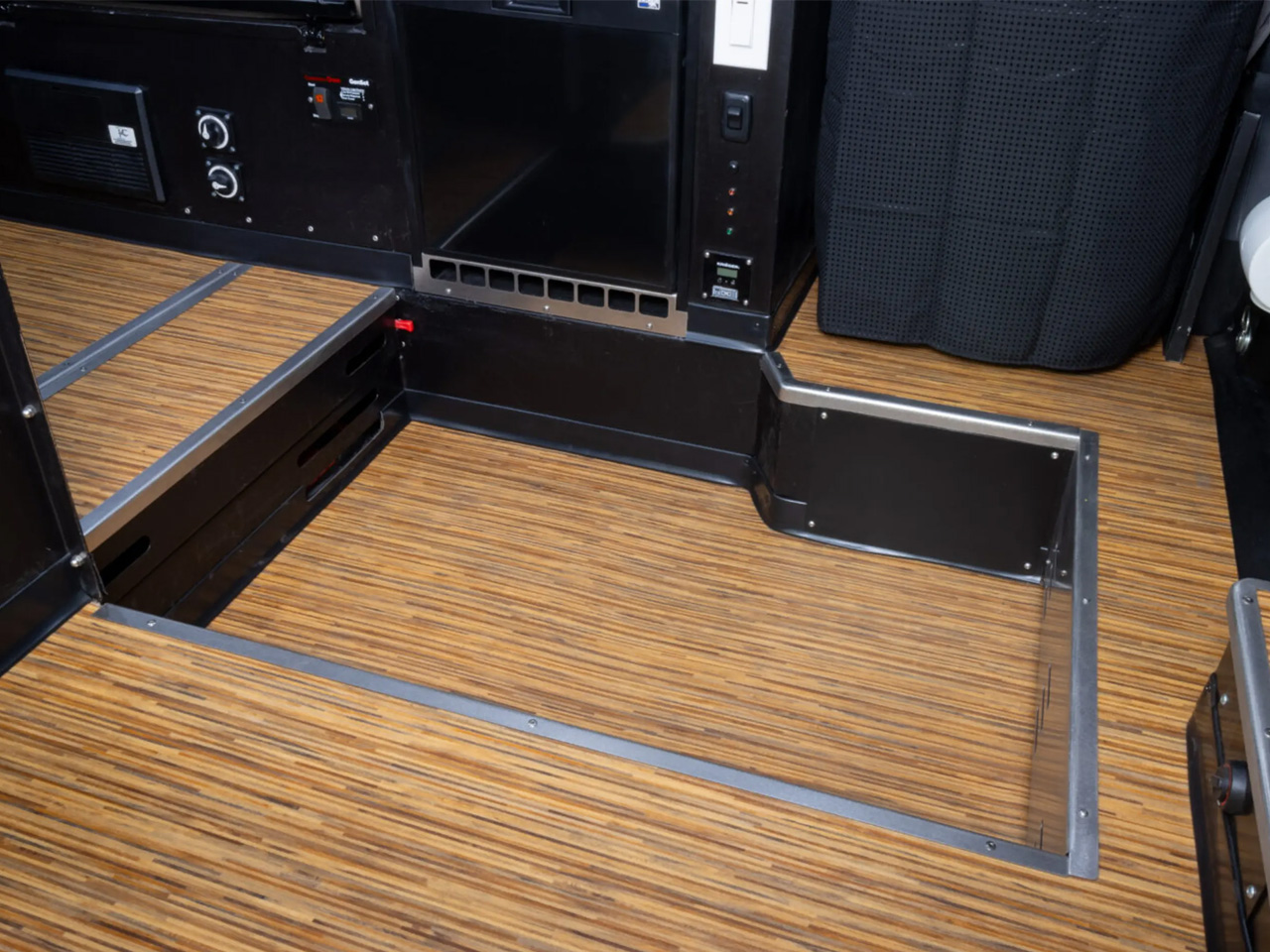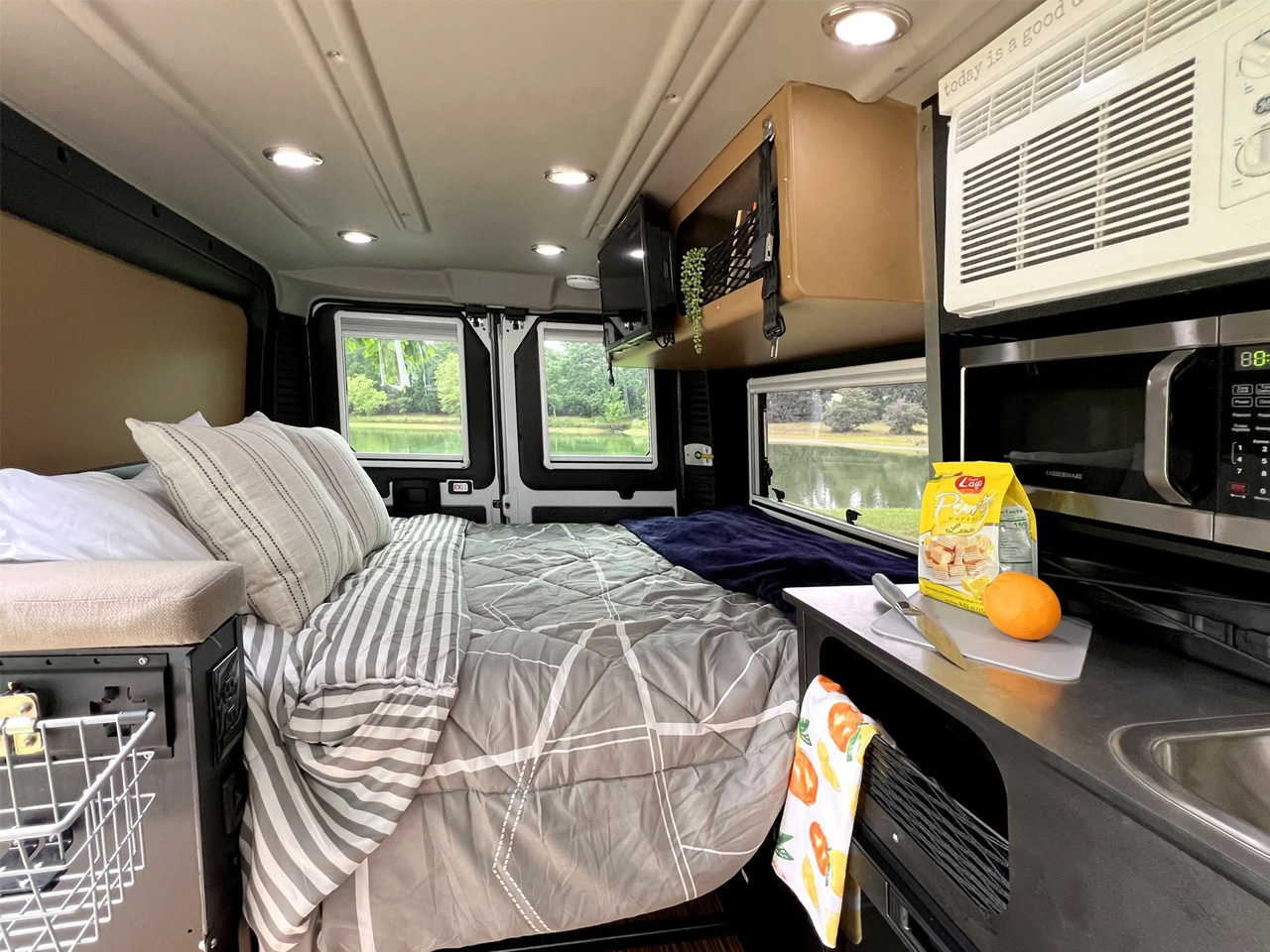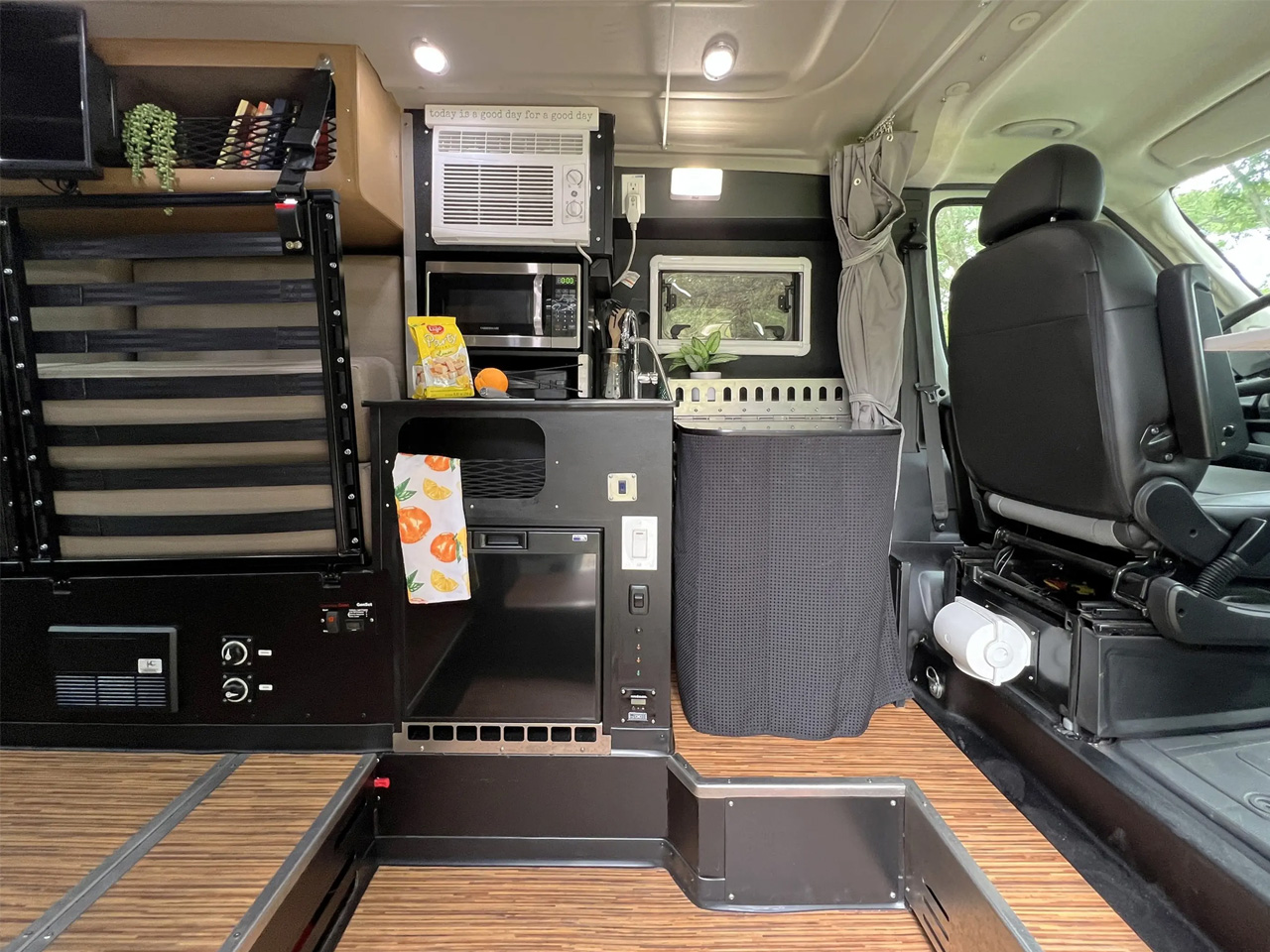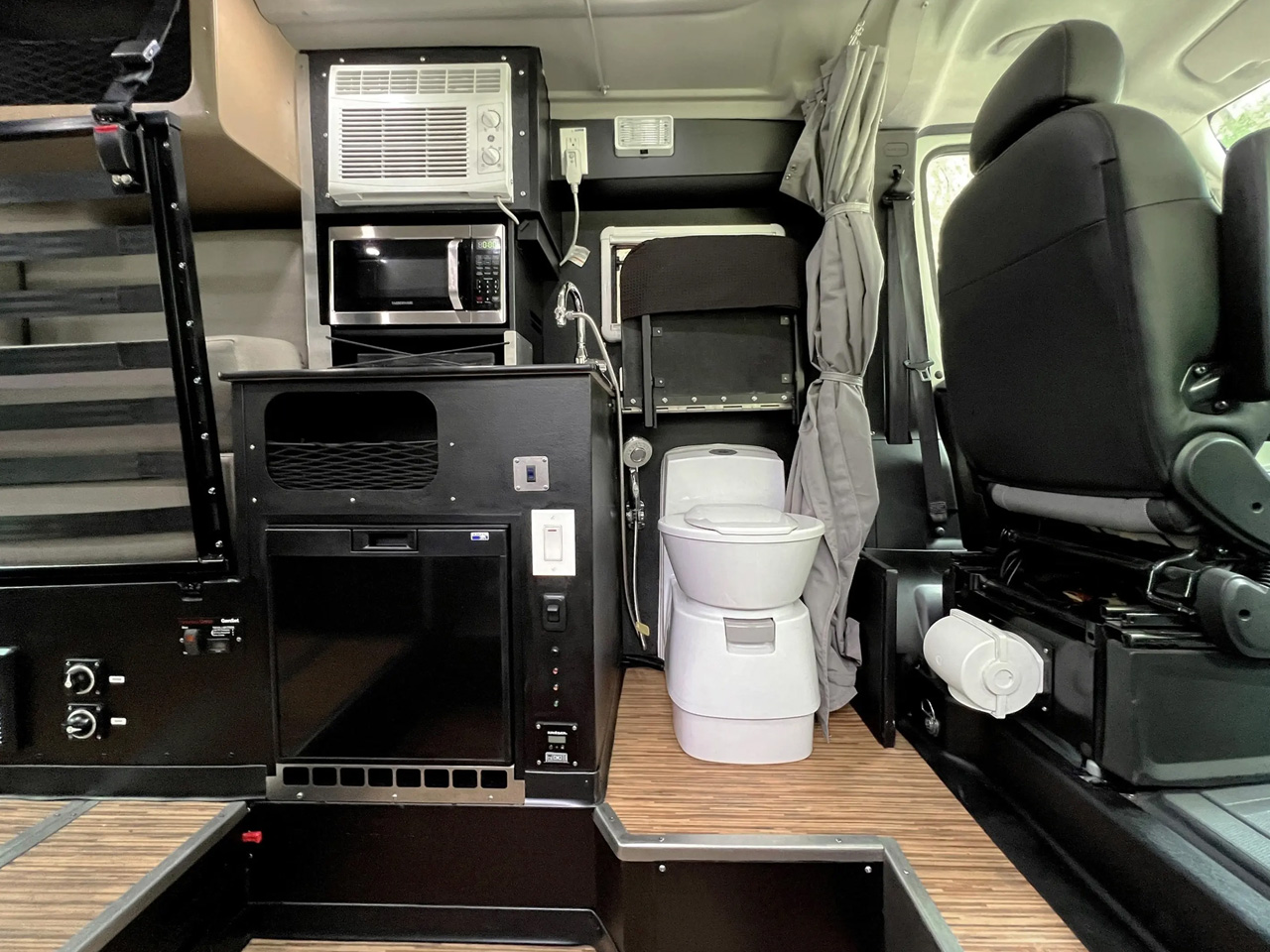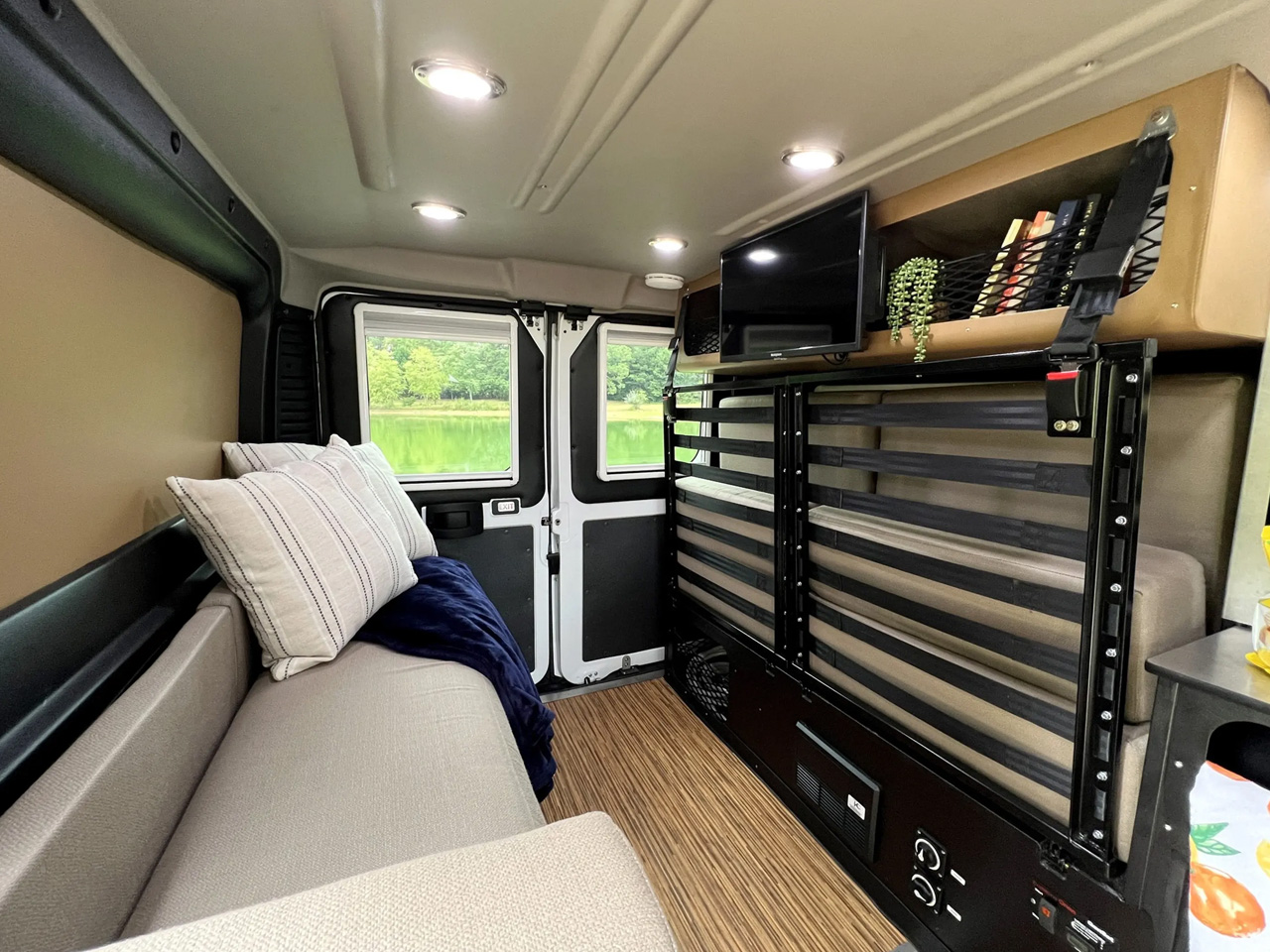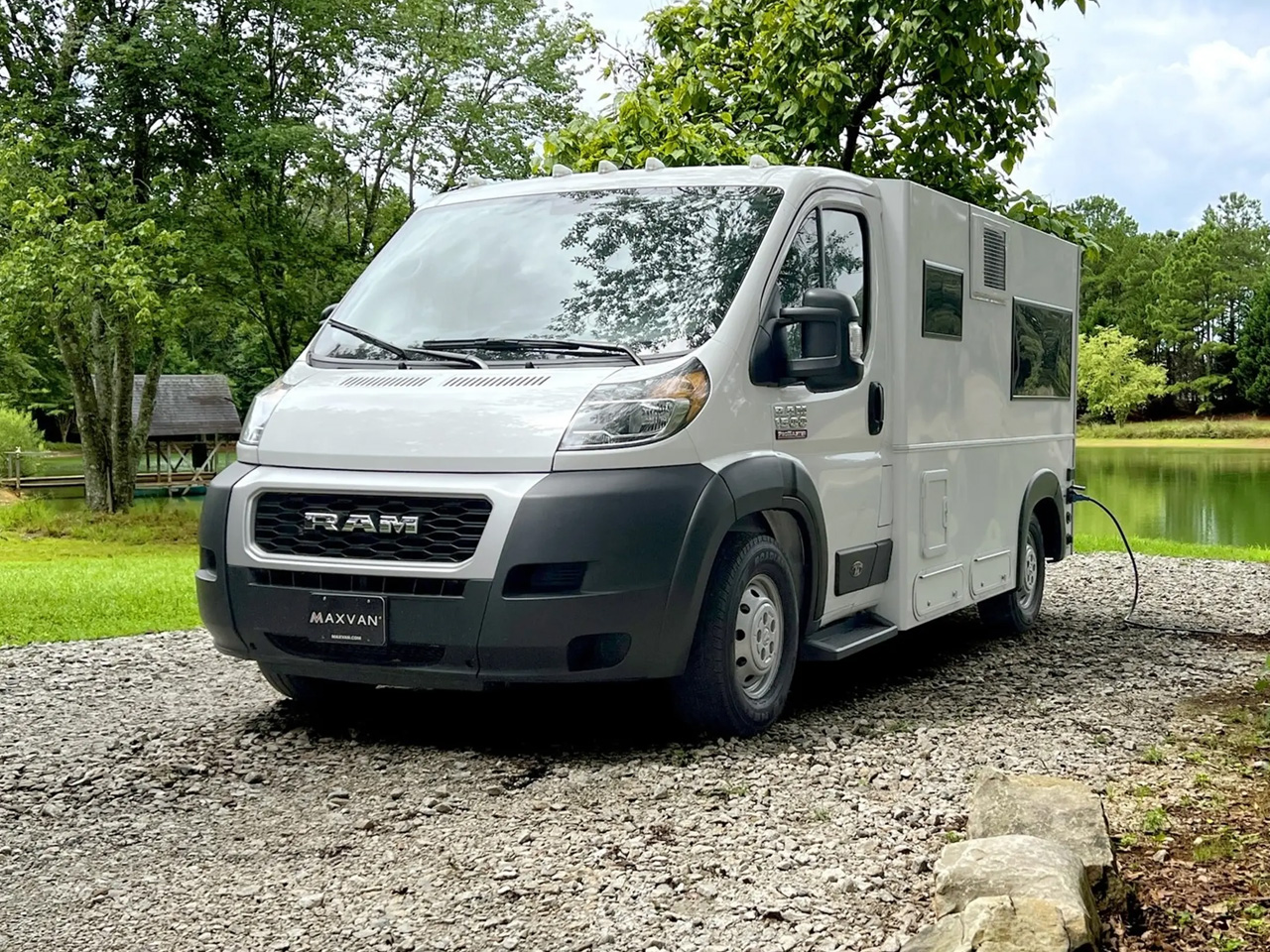During CES 2023, Neurable AI demoed a pair of smart headphones developed in collaboration with premium audio brand Master & Dynamics. The cans are an extension of the MW75 headphones, as they come with the unique ability to monitor brain activity for variety of applications. The AI company employs advanced electrocephalography (EEG) technology using embedded sensors to detect focus levels or mental fatigue.
In conjunction with the accompanying app, the BCI-enabled headphones designed by M&D have EEG sensors capable of interpreting brain signals with lab-level accuracy. To make things interesting, the app gamifies the goal of achieving peak focus levels during the day. The user can get an in-depth analysis of high-focus periods and schedule the most important creative tasks at that time. The smart app learns user patterns over time to suggest needed actions and gives timely prompts.
Designer: Neurable AI and Master & Dynamic


According to neuroscientist and founder of Neurable, Dr Ramses Alcaide, “Your brain has no pain receptors, so these headphones can help with that. By the time your eyes are hurting from looking at the screen, your brain may have been needing a break for hours.” The ultimate goal is to get a deeper insight into cognitive health and attend to any red flags well beforehand to manage burnout and elevate daily performance and productivity.


Primarily the MW75 Neuro headphones are targeted towards people who use headphones while working. Neurable employs the AI features to expand the functionality when gaming, meditating, or during workouts to gaze the level of concertation. They can be used as normal ANC cans which perform just like the flagship MW75s and have similar transparency modes and customizable EQ settings.


The battery life with the ANC mode on is an impressive 28 hours, while in the focus tracking mode employing the EEG sensors, it drops to 8 hours which is understandable. Those who have been eyeing these advanced headphones since CES can now pre-order them for $699 which is $100 more than the usual MW75 wireless headphones. If you can spend that kind of money on your music accessories going for the MW75 Neuro makes more sense. Book them now in any one of the cool color options – silver, onyx, navy, and olive – and you’ll get them with a pair of lambskin leather earpads.






The post EEG sensor-enabled MW75 Neuro headphones track focus level for peak productivity all day long first appeared on Yanko Design.


























